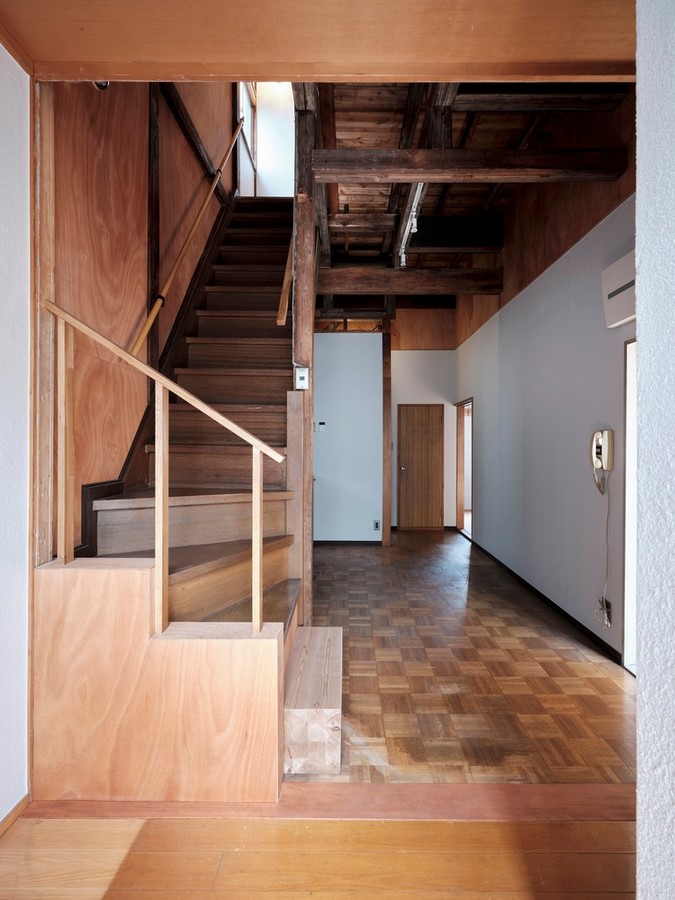Renewing a Legacy
The Housekeeper’s House by note architects stands as a testament to the revitalization of a 50-year-old wooden house nestled in central Tokyo. Abandoned for an extended period, the original structure showed signs of wear, with deteriorating finishing materials and compartmentalized rooms hindering natural light and airflow. Embracing the challenge of preserving its historic charm while adapting to modern needs, the architects embarked on a renovation journey that would breathe new life into the aging residence.

Harmonizing Tradition and Modernity
Reflecting on Japan’s era of economic prosperity, characterized by intricately designed homes with a vintage allure, the project aimed to infuse contemporary functionality while honoring traditional aesthetics. By integrating modern materials and techniques with time-honored Japanese craftsmanship, the architects sought to strike a delicate balance between past and present. From lighting fixtures to spatial arrangements, every aspect of the design harmonizes tradition with modernity, offering a seamless blend of old and new.

Embracing Openness
Central to the renovation was the removal of walls and ceilings in communal areas, creating an open and luminous space that fosters connectivity throughout the house. The once dimly lit kitchen, devoid of windows, underwent a transformative makeover. By eliminating barriers between the entrance and kitchen and reimagining the space as a bright communal area, reminiscent of the traditional Japanese Doma or earth floor, the architects redefined the home’s public character. This welcoming space invites interaction and occasional guest gatherings, enhancing the sense of community within.

Revealing Architectural Treasures
Unveiling the second-floor ceiling exposed a striking roof frame, a testament to the building’s architectural legacy. Rather than concealing this feature, the architects celebrated its beauty by leaving it exposed, adding character to the interior space. The integration of elements such as the transom of Japanese sliding doors further enhances the home’s connection to its cultural heritage while promoting natural ventilation and illumination.

Honoring Legacy, Embracing Modernity
Tatami mats, symbolic of traditional Japanese living, were replaced with Rawan plywood, offering a contemporary twist on a classic feature. Careful repairs using minimalistic techniques preserved the home’s authenticity, with damaged areas meticulously restored to their original form. Sliding doors, a hallmark of Japanese architecture, offer flexibility, allowing residents to toggle between connected and separate spaces, fostering adaptability in the heart of bustling Tokyo.

In essence, the Housekeeper’s House embodies a modern reinterpretation of Japanese architectural heritage, where the past and present converge harmoniously, enriching the living experience with a timeless blend of tradition and innovation.
















